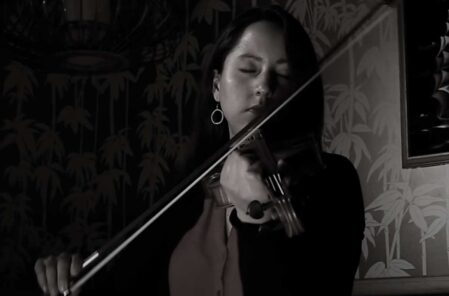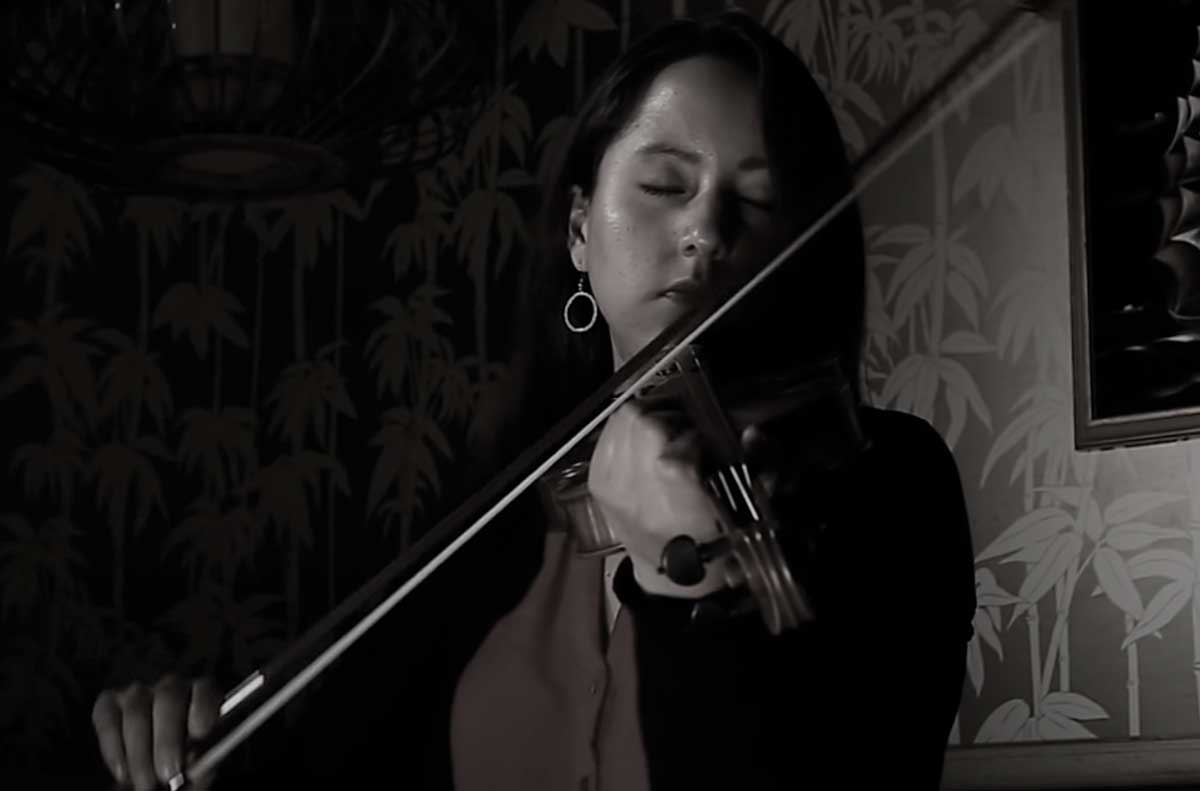Meti Fiddle | Harlem, Montana
Jamie Fox is a Métis fiddler of the Aaniih and Nakoda tribes of Montana. The Métis are members of ethnic groups native to Canada and parts of the United States that trace their descent to both Indigenous North Americans and European settlers.
Jamie grew up on the Fort Belknap Reservation of Northern Montana where she was immersed in a lively fiddle and dance tradition.
She is one of the most coveted and well-known players of Metis fiddle music — a tradition crossing ties of Celtic, French, and Native American music cultures.
When Jamie was five she used to go around and make like she was a fiddle player. A fiddle came to her that Christmas. The Michif tradition of fiddle playing on the Fort Belknap Reservation was on its last legs just as Jamie fell in love with the tunes. Old Fatty Morin was still around, and the Doney Brothers were still playing, but that was about it. Jamie, through their love of the Michif tunes, brought a new healing to an old discord between cultural sectors of the tribal society. As word got out, others on the reservation and along the Montana Hi-Line were incredibly enthused to see youngsters taking on a music that was in jeopardy of vanishing.
Jamie has been fortunate to play with master traditional Métis fiddlers Jimmie LaRocque and Mike Page of the Turtle Mountain reservation, Johnny Arcand of Saskatoon, and Fatty Morin in Montana. Additionally, she has been mentored by Métis elder Al Wiseman of Choteau, an archivist of Michif fiddle tunes. Jamie was brought into the fold of contemporary fiddle performance through family friendships with nationally renowned pianist Philip Aaberg and fiddler Darol Anger, both of whom have nurtured her talent. Although having expanded musical interests, and learning numerous tunes and styles from many traditions, her experience with elder Métis fiddlers is exceptional and singular. Those old-style, customary example, traditional-lineage players firmly root Jamie in the Métis tradition deep into the 19th century. Coming from within the tradition themselves, she represents the continuance of this generation maintaining a style and repertoire that dates back to the fur trade era of the 17th century and the first generation of European and Aboriginal mixing in the upper reaches of the North American continent.


